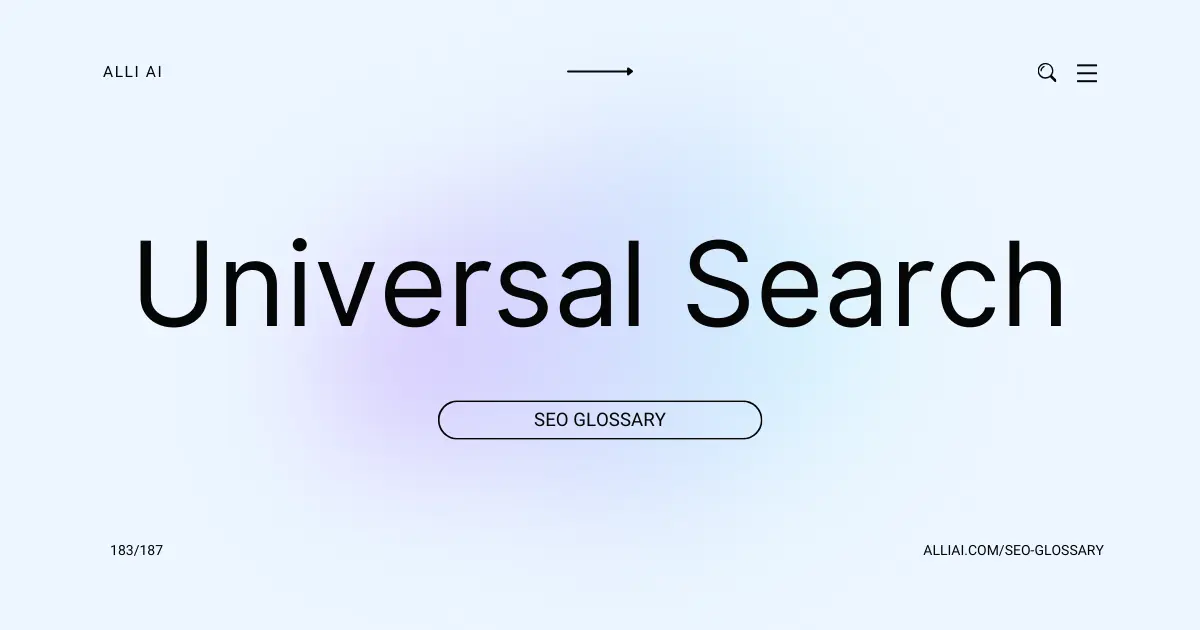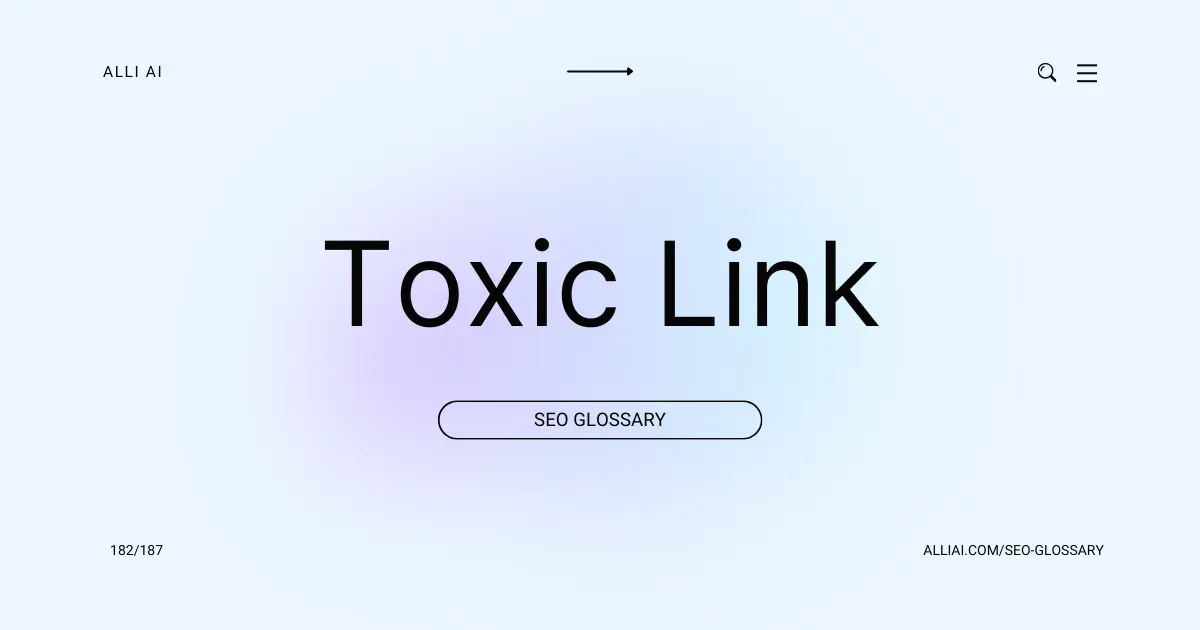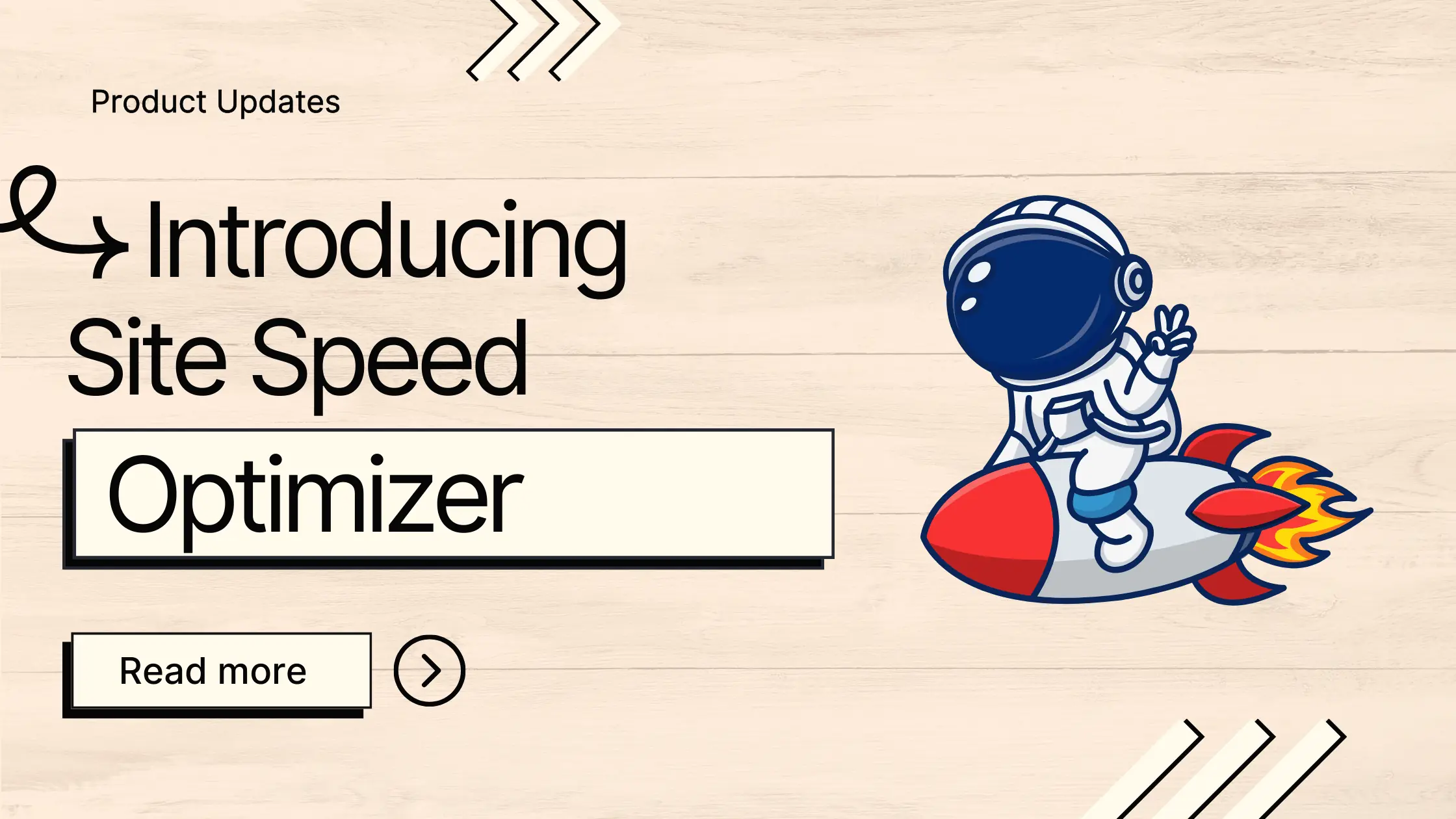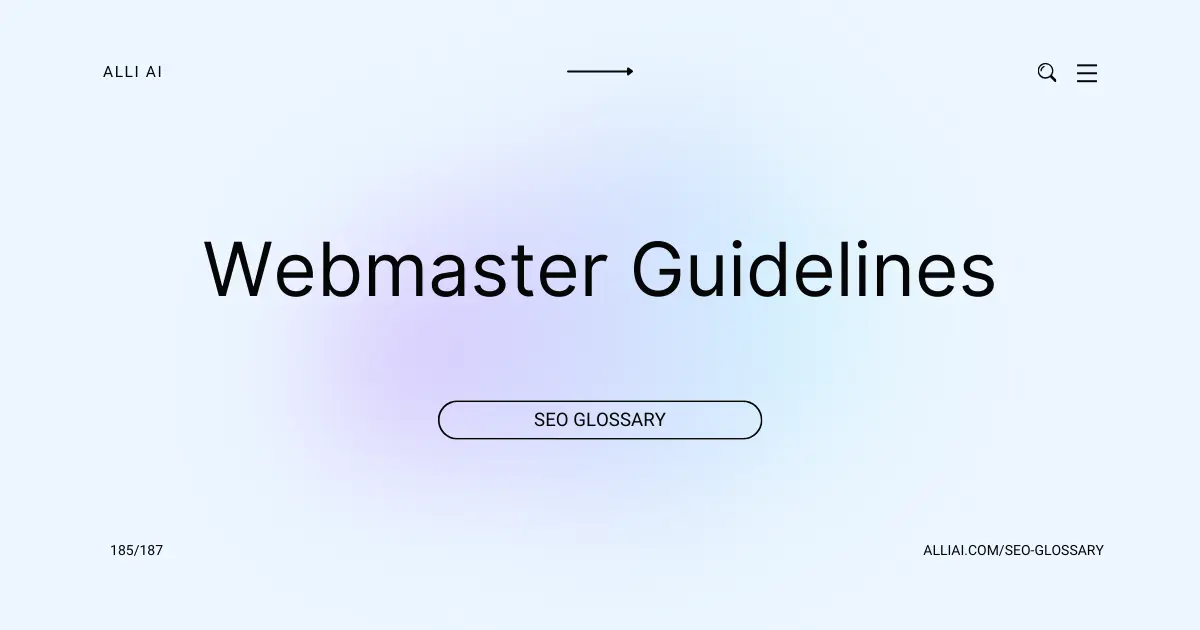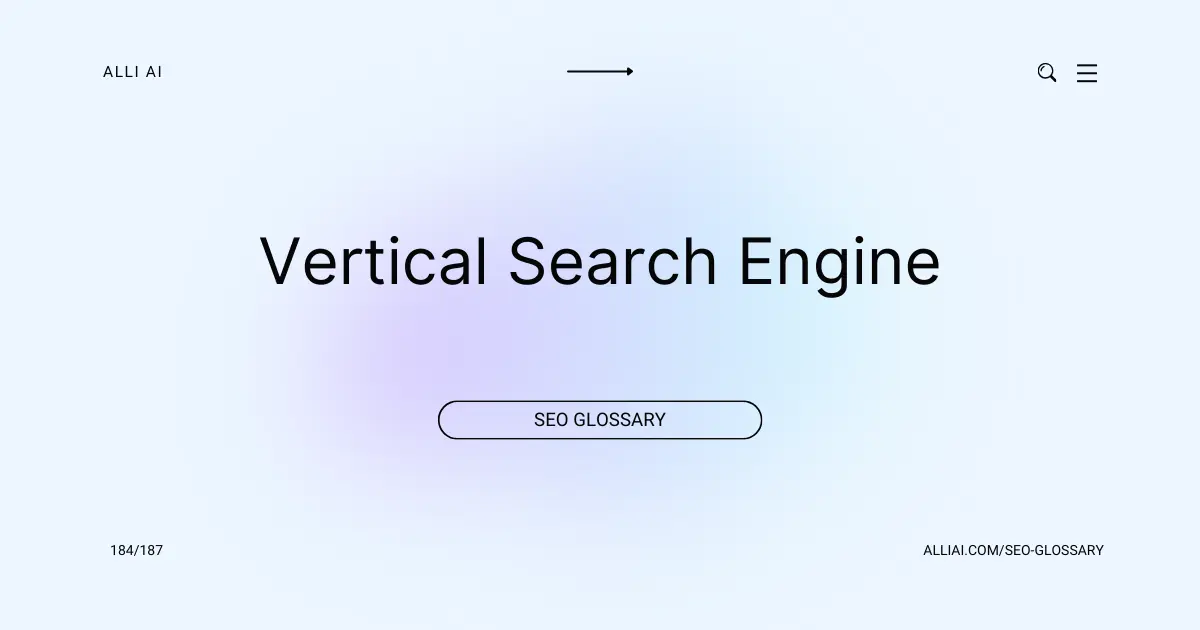What Does Keyword Stuffing Mean?
Keyword stuffing refers to the practice of overloading a webpage with keywords or numbers in an attempt to manipulate a site’s ranking in Google search results. Often these keywords appear in a list or group, or out of context (not as natural prose). This can result in a negative experience for users and can harm a site’s ranking.
Where Does Keyword Stuffing Fit Into The Broader SEO Landscape?
Keyword stuffing involves overloading a webpage with keywords or numbers in an attempt to manipulate a site’s ranking in Google search results. This strategy often results in a negative experience for users, as the page content may not be coherent or informative. Search engines, notably Google, discourage this practice and have algorithms in place to penalize websites that employ keyword stuffing. As a result, it is seen as an outdated and ineffective SEO technique, rejected by current best practices which prioritize high-quality content and a good user experience.
Real Life Analogies or Metaphors to Explain Keyword Stuffing
1. Keyword stuffing is like over-seasoning a meal. Just as too much salt can ruin what might have been a delicious dish, too many keywords make a piece of content hard to digest.
2. Keyword stuffing is like someone wearing too much perfume in a small elevator. It overwhelms and pushes away others rather than attracting them.
3. It’s like trying to cram too many clothes into a suitcase. The suitcase won’t close properly, and the clothes won’t look good when you take them out. Similarly, a text loses its shape and coherence when overfilled with keywords.
4. Think of keyword stuffing as someone who name-drops too much in a conversation. It doesn’t make the discussion more interesting; rather, it becomes repetitive, annoying, and less credible.
5. Keyword stuffing is like packing a small pond with too many fish. Instead of creating a thriving ecosystem, it suffocates the environment, making it unhealthy for any to thrive.
How the Keyword Stuffing Functions or is Implemented?
1. Identify primary keywords related to the content.
2. Integrate excessive repetitions of these keywords into web pages.
3. Place keywords in various locations: meta tags, meta descriptions, content, alt tags, and URLs.
4. Use unrelated keywords aiming to attract more traffic.
5. Implement hidden texts or links with overused keywords that are visible to search engines but not to users.
Impact Keyword Stuffing has on SEO
Keyword stuffing can detrimentally impact a website’s SEO performance and rankings because search engines like Google penalize sites that they perceive as trying to manipulate search results. This technique involves overloading a webpage with keywords or numbers in an attempt to manipulate a site’s ranking in Google search results. Often these keywords appear in a list or group, or out of context (not as natural prose). When search engines detect such behavior, they may downgrade the site in search results, leading to lower traffic and visibility.
From a user experience perspective, keyword stuffing can result in content that is difficult to read and does not provide a good user experience. Texts that are unnaturally packed with keywords may seem repetitive, nonsensical, or irrelevant, which can frustrate users and increase bounce rates, as visitors might leave the site quickly due to poor content quality. This reduction in user engagement can send negative signals to search engines, which may further harm the site’s ranking and credibility.
SEO Best Practices For Keyword Stuffing
1. Identify the primary keyword you want to target.
2. Use the primary keyword in the title tag of your web page but ensure it is natural and fits logically.
3. Include the primary keyword in the meta description in a way that it naturally describes the content of the page.
4. Place the primary keyword in the first 100-150 words of your article.
5. Use the primary keyword and its variations in the headers (H1, H2, H3) throughout the content where relevant.
6. Incorporate the primary keyword organically throughout the content, aiming for a keyword density of about 1-2%.
7. Use synonyms and long-tail variations of your primary keyword to avoid excessive repetition.
8. Optimize images by using the primary keyword in the file name, alt text, and title tag description of images related to the content.
9. Include the primary keyword in the URL slug, maintaining brevity and relevance to the page topic.
10. Link internally to other relevant pages on your website using the primary keyword and variations as anchor text.
11. Revise old content to enhance or incorporate the primary keyword where possible without disturbing the flow or user experience.
Common Mistakes To Avoid
1. Reduced Content Quality: Inserting an excessive number of keywords can lead to awkward phrasing and a drop in the readability and engagement level of the content. To avoid this, focus on creating fluent and natural-sounding content that seamlessly integrates keywords where they add value.
2. Penalties by Search Engines: Search engines like Google might penalize your website for keyword stuffing, which can result in a significant drop in search engine ranking. Ensure compliance with search engine guidelines by maintaining an organic and balanced approach to keyword inclusion.
3. Poor User Experience: Over-optimized content can frustrate readers, leading to higher bounce rates and lower conversion rates. Craft content that primarily addresses the user’s needs and questions, distributing keywords in a way that supports, rather than detracts from, user comprehension and engagement.
4. Dilution of Keyword Impact: Excessive use of the same keywords can dilute their impact, making it harder for search engines to determine the relevance of the page. Use synonyms and related phrases to diversify your language and support a more robust content strategy.
5. Focus on Quantity Over Quality: Prioritizing keyword quantity over quality can lead to irrelevant traffic and ineffective targeting. Conduct thorough keyword research to identify terms that are not only popular but also highly relevant to your audience.
6. Neglecting Other SEO Best Practices: Overemphasis on keywords might lead to neglecting other crucial SEO elements like meta descriptions, alt tags, and quality backlinks. Adopt a holistic SEO approach that balances all critical elements to improve both visibility and ranking.
By steering clear of these pitfalls through strategic, thoughtful, and user-focused content creation, you can effectively leverage keywords to boost SEO without incurring penalties or sacrificing user experience.

